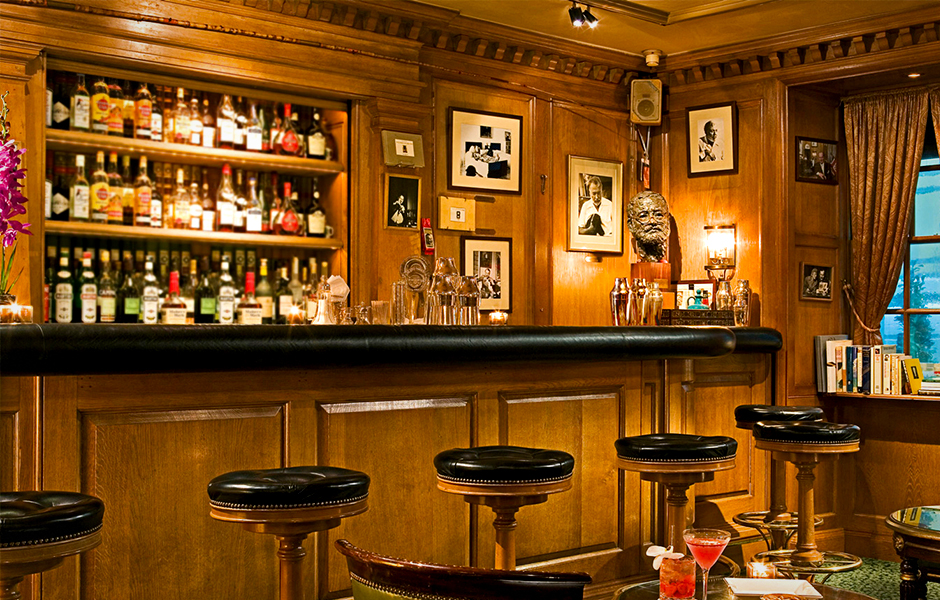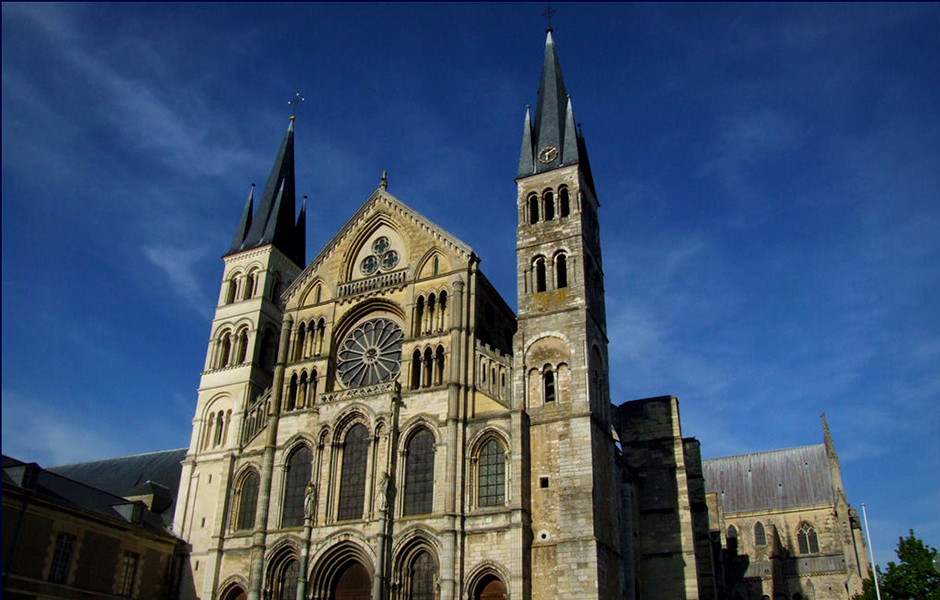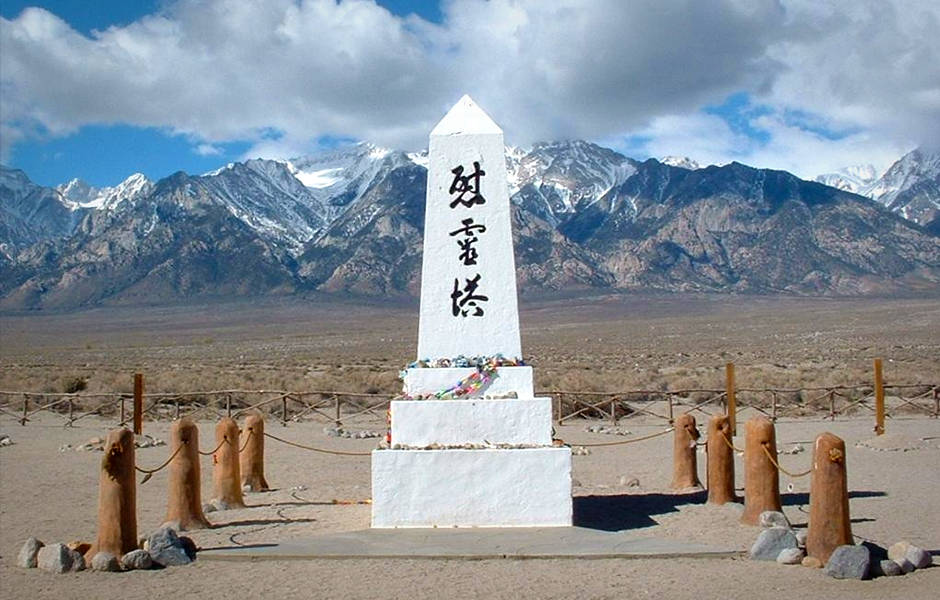Blame Clooney for this post. You know, he of George. Also Murray (See: Bill), John Goodman and Mr. Matt Damon. Their new film, Monument’s Men, a drama-thriller based on the true story of an American platoon charged with tracking down rare art plundered by the Nazis during World War II, has reminded us that despite all efforts by the History Channel (Aka: the WWII Channel) we don’t know all there is to know about said, sad chapter of history.
So we’ve been poking around to see what else we don’t know. And after a great chat with Larry Decuers, a curator at the National World War II museum in New Orleans (itself a fine, unexpected visit), and some of our own travels through Asia, the US and Europe, we’ve got a WW2 list we think you’ll like—they’re the less discussed places that were part of the war story, places you might not expect and, we think, worth the visit.
“The Nazis were going to burn Paris,” Decurs says, “as they were leaving, the orders went through, but they were not carried out.” Imagine a world without Paris? We don’t want to. “The fact that the commander ignored Hitler’s order is one of the bright moments of the war,” Decurs points out. As soon as the Germans left, Parisians took their city back, including Ernest Hemmingway who had lived in the city of lights before the war. He went right to the Ritz hotel and bought every single person inside a drink to celebrate. The bar in the hotel is now called the Hemmingway Bar.
The Ketel One Distillery, Shiedam The Netherlands
Beyond a doubt you should see the Anne Frank House but to lift your spirits after, it’s not a bad idea to go see where they make Ketel One. No, we’re not being snarky—The Nolet Family, for whom Ketel One is a family business, opened up their distillery as part of an underground railroad that hid families of Jews on their way to the UK and the United States. Tours of the factory, located in the sleepy town of Shiedman between Amsterdam and Rotterdam, are available for free but on weekdays only at either 10am or 2pm. Be sure to ask about the mural of the city in the executive office painted by one of the passing refugees.
World War II ended in the cultural home of champagne? You can’t make this stuff up people. So Reims, France is both where the Germans surrendered in April 1945 and the heart of France’s champagne region. You can spend a full week biking the “Champagne Trails,” consisting of villages all around this region, or do it in a day at the G.H. Mumm Champagne House, with 25 million bottles of the bubbly stored in their basement right in town. And, don’t miss the Reims Cathedral, where General Alfred Jodl capitulated to the allies, is one of the best examples of gothic architecture in Europe and you can see still pock marks from both World Wars peppered on the exterior walls.
Manzanar National Historic Site, California
Here’s where it gets weird. At the same time the US was doing the right thing fighting against the Nazis, we were also doing the wrong thing by forcibly relocating 120,000 of our own citizens—Japanese Americans—to internment camps. There’s no rewriting that history, but we can pay our respect and remember by visiting Manzanar, one of the ten camps set up by our own government. It’s not close to much, you might say it’s in the Siberia of California, but it is now part of the National Park System and sad chapter that we should never forget.
Turns out one of Jacque Cousteau’s favorite places to dive was also the scene one of the bloodiest battles of the Pacific. The independent nation that Japan tried and failed to defend during the war is actually series of islands, and Peleliu Island is where you an see the most stuff. Remnants of Japans fortification of the islands against US invasion are scattered throughout the tropical island— Pillboxes (fortified huts where gun men guarded strategic hills), an improbably cave system that connected the island via underground channels, and burnt out tanks. You can snorkel, dive or take kayak tours to see planes in their final resting place beneath the crystal clear waters. Hands down, the most beautiful place to discover something new about World War 2.







